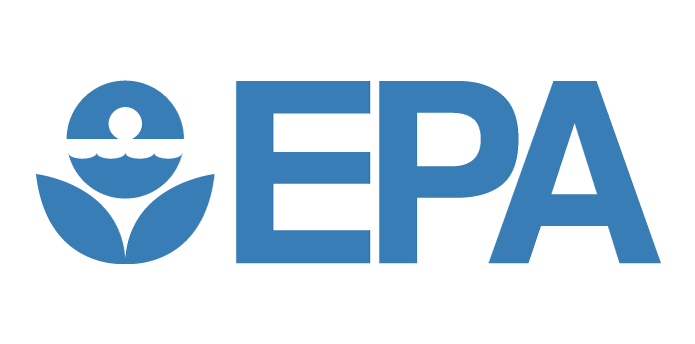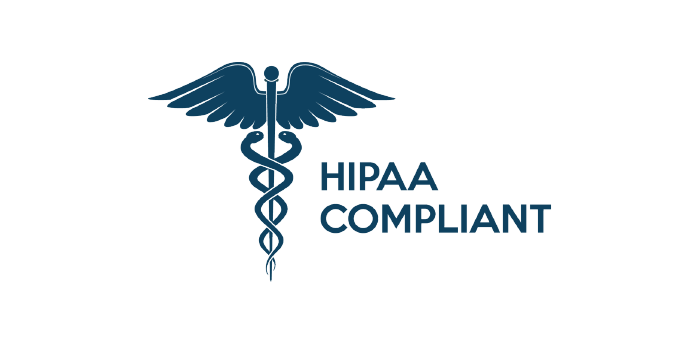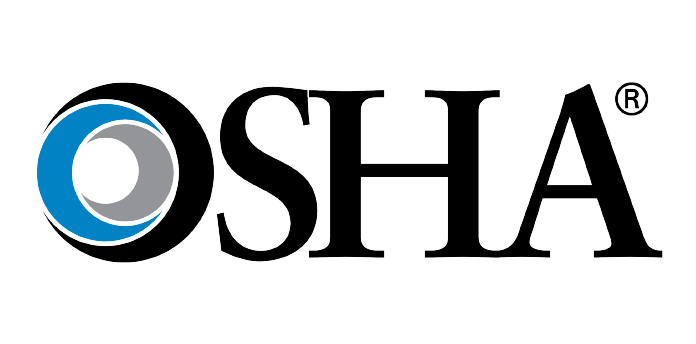← All Waste Disposal Industries
-

Tattoo Shop Waste Disposal
MET is a fully licensed, certified, and insured medical waste, treatment, and disposal company. We offer our waste disposal services across California, Nevada, and Arizona.
Tattoo shops must comply with local regulations for the disposal of medical waste, including sharps. Tattoo needles are considered medical hazardous waste and must be disposed of properly to provide a safe environment for employees and clients, and to avoid potential fines. Handling medical waste properly means using specialized containers to dispose of it according to its category. Working with a professional medical waste disposal company will ensure that companies meet all state and federal regulations for handling this type of waste. Contact MET today for more information.
Get a FREE $250 VISA Card if we can't save you money on medical waste disposal services



